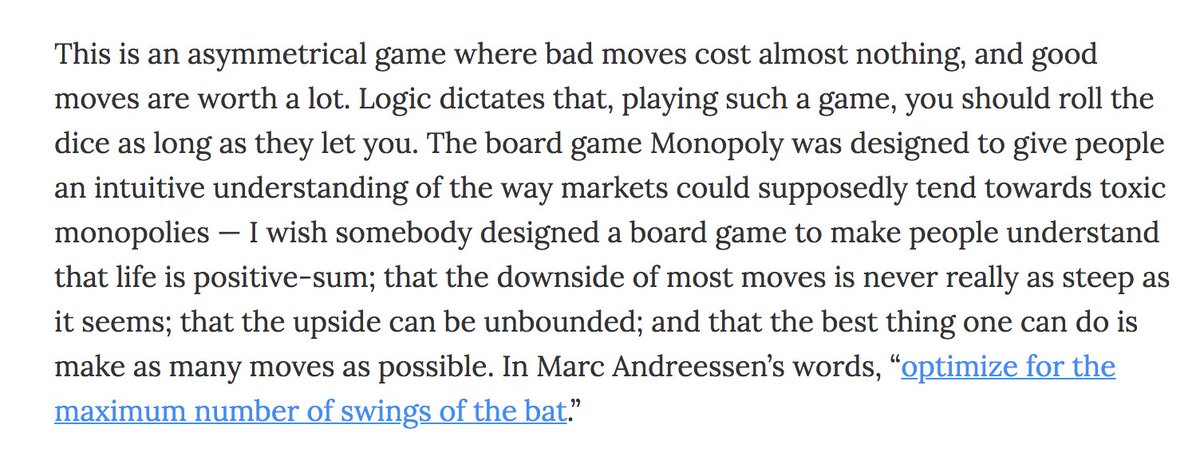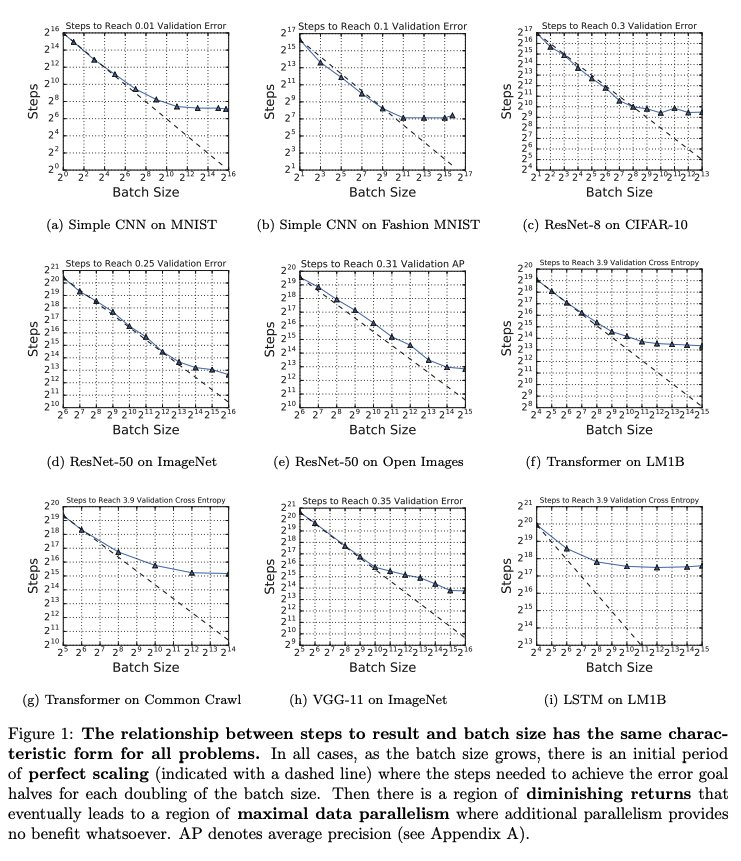#Nigeria tells us that today is #ArmedForcesRemembrance Day, a day set aside for our “heroes” in uniform.
We'll do well to remember the lives that have been lost to various atrocities in this blood-stained country of ours...
https://t.co/tFKuJNyzDZ
Video: A brief history of mass atrocities in Nigeria https://t.co/83iQ71cegm
— SBM Intelligence (@sbmintelligence) January 14, 2021
The number of people who have been killed in mass atrocities in the country since “independence” perhaps gets close to the 100,000 mark.
Imagine that!
An average of 1640 each year.
Indeed, #Nigeria is a very violent place.
The real tragedy is that we don’t even bother to remember these human beings. We simply just “move on”.
That can’t be right.
I will list some of these atrocities below.
The details are in the article I linked at the start of this thread.
The anti-Igbo pogroms in Northern Nigeria of July 1966 where up to 10,000 people were killed in revenge for the coup of January 1966.
More than 380 were killed according to villagers, but govt claimed that “only 25 had died” in a depressingly familiar pattern of downplaying human life.
More than 5,000 people were killed in different incidents by @PoliceNG and @HqNigerianArmy over the course of four years starting in 1980.
The Odi Massacre of 20/11/1999. V.Malu justified killing of up to 2,500 people in retaliation for the killing of 12 policemen days earlier.
It is important to note that @HqNigerianArmy COS, Luka Yusuf, apologised for the Zaki Biam massacre in 2007, and President Umaru Yar’Adua also visited Benue to apologise.
#Nigeria is still reaping the consequences of the extrajudicial killings of #BokoHaram members in Bauchi, Maiduguri, Potiskum and Wudil in July 2009.
Some sources say that 185 people were killed after the commander in charge accused the villagers of shielding #BokoHaram members.
In typical fashion, @HqNigrianArmy said that “only 37 people” were killed.
The @HqNigerianArmy officer responsible ordered his troops to clear the road of all “miscreants”.
Three military trucks were used to cart away heaps of corpses afterwards.
A commission of inquiry by @contactkdsg found that 348 Shiites were killed, although @imnigeria_org says 1,061 people were killed.
@nytimes found otherwise in this video: https://t.co/VwrHyGqfsO. No one has been held to account.
Just three months ago.
Do I need to dwell on this?
We watched it live, and it was in Nigeria’s richest commercial district. #EndSARS
More from World
-Thread-
The Bolshevik Revolution was Jewish, 6/8 Soviet leaders from Lenin to Gorbachev were Jewish AND all three Presidents since the (fake) fall of the Soviet Union are Jewish
Lenin✡️
Stalin✡️
Khrushchev✡️
Brezhnev✡️
Andropov✡️
Gorbachev✡️
~
Yeltsin✡️
Medvedev✡️
Putin✡️

First Soviet government mostly Jewish:
Funded by International Jewish bankers;
https://t.co/qdmhsmSRFz
Ariadna Tyrkova-Williams on Bolshevik revolution:
“In the Soviet Republic, all the committees and commissaries were filled with Jews”
https://t.co/iysRhViRe3

Lenin:
"Russian-Jewish newspaper Yevreyskaya Tribuna , 22nd August, 1922 - Lenin asked the rabbis if they were satisfied with the particularly cruel executions."
https://t.co/vWoUqvmXc4

Stalin:
B’nai Brith report - Stalin is Jewish (pg 35)
https://t.co/Km9UClfrRt
Stalin's Jewish mother (Jewish Cup Kiddush covered with a shroud - on the grave of Stalin's mother) https://t.co/XXAkeC6wID
Soviet Analyst, Volume 31, Issues 1-7
https://t.co/ycZG4XshNC

Khrushchev:
Nikita Salomon PEARLMUTTER. (img 1) https://t.co/aVLCetMf3w
Another source for Pearlmutter (img2)
https://t.co/m6JzRrD1BJ
"Khrushchev, also, promptly added that the Soviet Government is based today on Jewish leadership"
https://t.co/4lg7XZJON8

The Bolshevik Revolution was Jewish, 6/8 Soviet leaders from Lenin to Gorbachev were Jewish AND all three Presidents since the (fake) fall of the Soviet Union are Jewish
Lenin✡️
Stalin✡️
Khrushchev✡️
Brezhnev✡️
Andropov✡️
Gorbachev✡️
~
Yeltsin✡️
Medvedev✡️
Putin✡️

First Soviet government mostly Jewish:
Funded by International Jewish bankers;
https://t.co/qdmhsmSRFz
Ariadna Tyrkova-Williams on Bolshevik revolution:
“In the Soviet Republic, all the committees and commissaries were filled with Jews”
https://t.co/iysRhViRe3

Lenin:
"Russian-Jewish newspaper Yevreyskaya Tribuna , 22nd August, 1922 - Lenin asked the rabbis if they were satisfied with the particularly cruel executions."
https://t.co/vWoUqvmXc4

Stalin:
B’nai Brith report - Stalin is Jewish (pg 35)
https://t.co/Km9UClfrRt
Stalin's Jewish mother (Jewish Cup Kiddush covered with a shroud - on the grave of Stalin's mother) https://t.co/XXAkeC6wID
Soviet Analyst, Volume 31, Issues 1-7
https://t.co/ycZG4XshNC

Khrushchev:
Nikita Salomon PEARLMUTTER. (img 1) https://t.co/aVLCetMf3w
Another source for Pearlmutter (img2)
https://t.co/m6JzRrD1BJ
"Khrushchev, also, promptly added that the Soviet Government is based today on Jewish leadership"
https://t.co/4lg7XZJON8

You May Also Like
1/ 👋 Excited to share what we’ve been building at https://t.co/GOQJ7LjQ2t + we are going to tweetstorm our progress every week!
Week 1 highlights: getting shortlisted for YC W2019🤞, acquiring a premium domain💰, meeting Substack's @hamishmckenzie and Stripe CEO @patrickc 🤩
2/ So what is Brew?
brew / bru : / to make (beer, coffee etc.) / verb: begin to develop 🌱
A place for you to enjoy premium content while supporting your favorite creators. Sort of like a ‘Consumer-facing Patreon’ cc @jackconte
(we’re still working on the pitch)
3/ So, why be so transparent? Two words: launch strategy.
jk 😅 a) I loooove doing something consistently for a long period of time b) limited downside and infinite upside (feedback, accountability, reach).
cc @altimor, @pmarca

4/ https://t.co/GOQJ7LjQ2t domain 🍻
It started with a cold email. Guess what? He was using BuyMeACoffee on his blog, and was excited to hear about what we're building next. Within 2w, we signed the deal at @Escrowcom's SF office. You’re a pleasure to work with @MichaelCyger!
5/ @ycombinator's invite for the in-person interview arrived that evening. Quite a day!
Thanks @patio11 for the thoughtful feedback on our YC application, and @gabhubert for your directions on positioning the product — set the tone for our pitch!

Week 1 highlights: getting shortlisted for YC W2019🤞, acquiring a premium domain💰, meeting Substack's @hamishmckenzie and Stripe CEO @patrickc 🤩
2/ So what is Brew?
brew / bru : / to make (beer, coffee etc.) / verb: begin to develop 🌱
A place for you to enjoy premium content while supporting your favorite creators. Sort of like a ‘Consumer-facing Patreon’ cc @jackconte
(we’re still working on the pitch)
3/ So, why be so transparent? Two words: launch strategy.
jk 😅 a) I loooove doing something consistently for a long period of time b) limited downside and infinite upside (feedback, accountability, reach).
cc @altimor, @pmarca

4/ https://t.co/GOQJ7LjQ2t domain 🍻
It started with a cold email. Guess what? He was using BuyMeACoffee on his blog, and was excited to hear about what we're building next. Within 2w, we signed the deal at @Escrowcom's SF office. You’re a pleasure to work with @MichaelCyger!
5/ @ycombinator's invite for the in-person interview arrived that evening. Quite a day!
Thanks @patio11 for the thoughtful feedback on our YC application, and @gabhubert for your directions on positioning the product — set the tone for our pitch!























